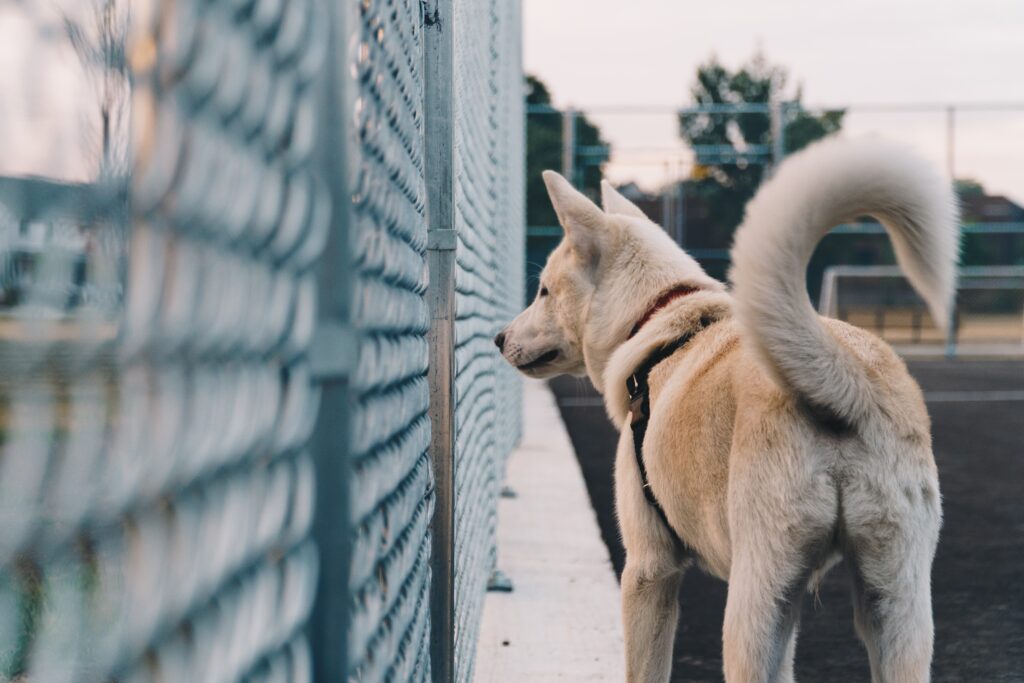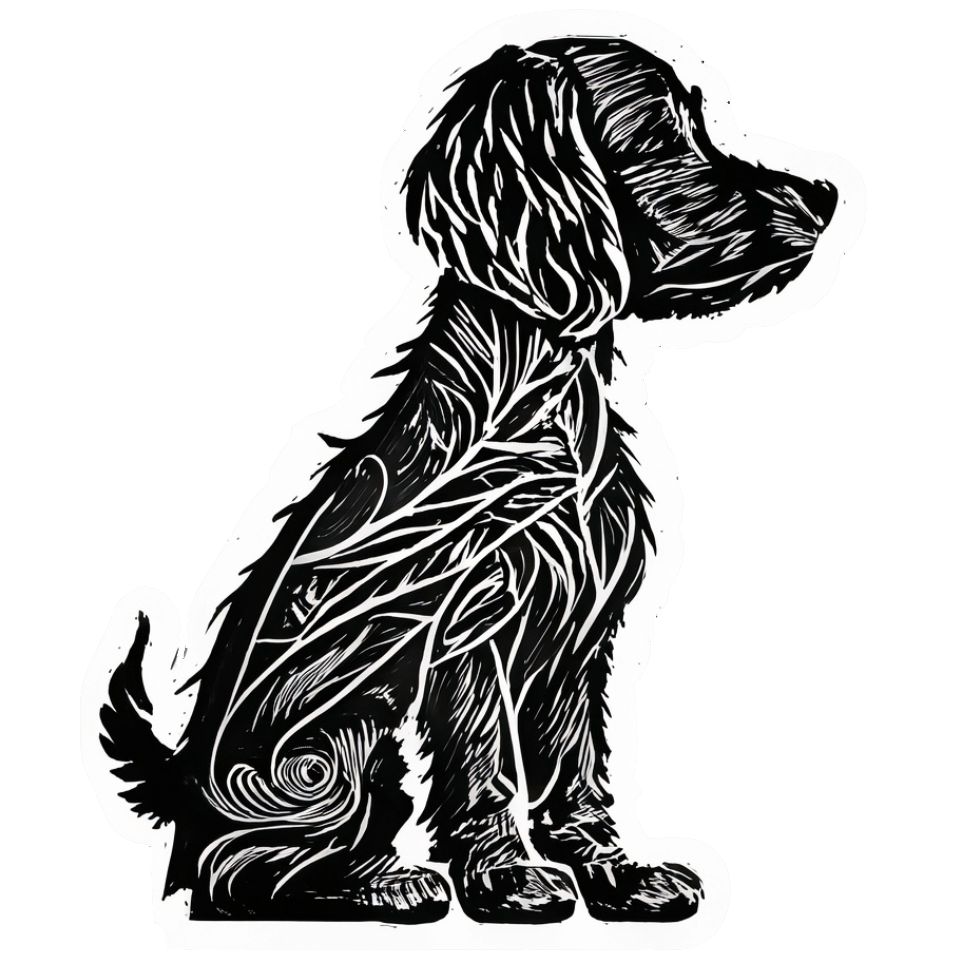Wagging the Language of Dogs

The wagging tail of a dog is a universally recognized sign of happiness and excitement. But the tail’s role in canine communication extends far beyond mere wagging. It serves as a complex tool for expressing a wide range of emotions, intentions, and signals. This article delves into the multifaceted role of the tail in dog communication, unraveling the subtle language that our furry friends use every day.
Tail Wagging: More Than Just Happiness
- Direction of Wagging: Research has shown that the direction of tail wagging can convey different emotions. A wag to the right may indicate positive feelings, while a wag to the left might signal uncertainty or anxiety.
- Speed and Amplitude: The speed and breadth of the wag also carry meaning. A slow, wide wag often signifies a relaxed state, while rapid, short wags might indicate excitement or agitation.
Tail Positioning: A Barometer of Emotion
- Upright and Stiff: An upright and stiff tail often signals alertness or dominance. It can be a sign of confidence or a warning to other dogs to keep their distance.
- Lowered or Tucked: A lowered tail suggests submission or uncertainty, while a tail tucked between the legs is a classic sign of fear or stress.
The Tail in Social Interactions
- Greeting Rituals: When dogs meet, their tail movements play a crucial role in the initial assessment and greeting process. The tail’s position and movement can signal intentions, helping to diffuse tension or establish social hierarchy.
- Play Signals: During play, dogs often use specific tail wags, like the “play bow” wag, to invite others to join in the fun and assure them that their intentions are friendly.
Tail Communication Across Breeds
- Breed-Specific Differences: Different breeds have varying tail shapes and sizes, from the curled tail of the Pug to the long, flowing tail of the Afghan Hound. These physical differences can influence how tail signals are displayed and interpreted.
- Understanding Across Breeds: Despite these differences, dogs seem to understand tail communication across breeds, recognizing the underlying emotions and intentions.
Human Interpretation of Tail Signals
- Reading the Tail: For dog owners and trainers, understanding tail communication can enhance the human-dog bond, allowing for better empathy, training, and care.
- Misinterpretations: Misreading tail signals can lead to misunderstandings. For example, a wagging tail doesn’t always mean a dog is friendly; it might be signaling excitement or agitation.
The tail’s role in canine communication is a nuanced and intricate aspect of dog behavior. It serves as a window into a dog’s emotional state, providing valuable insights for both fellow canines and human companions. As we watch our dogs wag, twitch, or tuck their tails, we are privy to a silent language that speaks volumes about their feelings and thoughts. Learning to read and respect these signals fosters a deeper connection with our four-legged friends and enriches our shared experiences.
